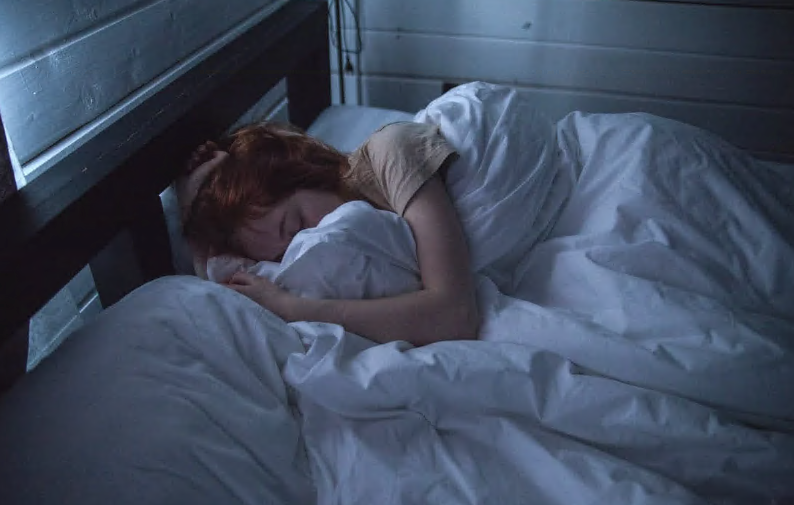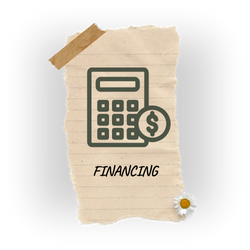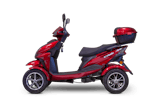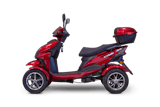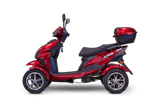Sleep-related disorders affect a large portion of the global population. Sleep apnea is one such common disorder that can cause blockages in your airways and interrupt your breathing.
Thanks to modern technology, however, we have CPAP and BIPAP machines that can help facilitate rhythmic breathing to promote a good night’s rest. These machines send a constant supply of air into your lungs as you sleep. The pressured air keeps your respiratory tracts open and allows you to have deep, uninterrupted sleep.
CPAP and BIPAP machines are the highest ranked when it comes to managing sleep disorders.
In this article, we’ll learn about how these machines work, their benefits, and how they’re different from each other.
What Is CPAP?
A Continuous Positive Airway Pressure machine, or CPAP machine, is a device prescribed by doctors to help manage sleep apnea and other related sleep disorders.
As the name suggests, this device sends a continuous flow of pressurized air into your airways through your nose or mouth. This gentle force allows any blockages or collapses in your airways to open up.
Through its motor, it maintains a steady breathing rhythm with purified and filtered air. This ensures that your lungs get a good supply of oxygen as you sleep. Say goodbye to constantly waking up in the middle of the night.
The CPAP machine consists of a flexible tube, a motor unit, a cushioned mask and headgear, and adjustable straps that you can fit comfortably over your face.
Different Types Of CPAP Mask
Full Mask
A full mask is prescribed if you tend to breathe through your mouth or have a block in your nose. It is triangular and covers your nose and mouth.
Nasal Pillow Mask
This mask is engineered to fit even if you wear glasses or have a lot of facial hair. The cushion rests over your nose, and there may be prongs to insert into your nostrils for better airflow.
Nasal Mask
This mask is suitable for people who tend to toss and turn in their sleep. Similar to a nasal pillow mask, this mask has a cushioned part that goes covers your nose fully.
What is BIPAP?
A Bilevel Positive Airway Pressure machine, also called BiPAP or BPAP machine, is another device used to facilitate better breathing during sleep. It ventilates your airways by sending pressurized air to your lungs.
The BIPAP machine has different settings that help promote better oxygen supply and reduce levels of carbon dioxide. What also sets this machine apart is that it has two air pressure modes — one for inhalation and another for exhalation.
When you breathe in, the device will amp up the air pressure. This is referred to as inspiratory positive airway pressure.
When you breathe out, it diffuses or reduces the air pressure. This is known as expiratory positive airway pressure. These specific settings promote a comfortable night’s sleep.
BIPAPs are tabletop units that include a face mask, nasal mask, nasal plugs, a tube, and a motor to deliver air. You can get portable ones that are suited for home use. Most commonly, they’re used in hospitals to help patients with compromised breathing.
How Do CPAP and BIPAP Differ?
Now that we know what CPAP and BIPAP machines are, let’s get into what makes them different.
Line of Treatment
Often, the CPAP machine is the first line of treatment for obstructive sleep disorders. The patient is encouraged to get used to the CPAP mask first to treat or manage their symptoms.
When the CPAP fails or proves to be uncomfortable, then BIPAP machines are utilized to help facilitate breathing.
Airway Pressure
The CPAP machine has only one setting for airway pressure and maintains it at a continuous pace throughout the night. The single pressure setting works better for milder cases of sleep apnea.
The BIPAP machine has two airway pressure settings — a higher one for inhalation and a lower one for exhalation. It is a better option for those who suffer from low blood oxygen levels as it lets you take in a bigger breath and helps you slowly release the carbon dioxide from your lungs.
Setting Up
CPAP devices are very easy to use and can even be used while traveling. It’s a simple mask that fits over your nose and mouth area. And since it only has one setting, you don’t have to do too much to set it up.
BIPAP machines are slightly larger and made for home use. It will need to be calibrated and adjusted to the specific settings as per your doctor’s prescription. Having your respiratory therapist set up your BIPAP with the correct settings and time limit is very important.
Usage
CPAPs are most commonly used for obstructive sleep apnea and mild sleep-related disorders.
BIPAPs, on the other hand, help manage various other disorders like chronic obstructive pulmonary disorder (COPD), central sleep apnea (CSA), obstructive sleep apnea (OSA), obesity hypoventilation syndrome (OHS), and amyotrophic lateral sclerosis (ALS).
They’re also used in hospitals as non-invasive ventilators for emergency situations.
Cost
The CPAP is a simpler device that consists of fewer parts and settings than a BIPAP machine. A CPAP can cost anywhere between $250 and $1000.
The average cost of a BIPAP machine is $1000–$6000. The higher price is justified because these machines have two air pressure settings, the ability to set time limits, and more components.
Sleep Apnea Compliance
You must adhere to the minimum use guidelines of CPAP therapy. If these machines are prescribed, they need to be used for at least 4 hours during sleep, or as guided by your physician.
It takes 4-6 weeks for your symptoms to get better and for the treatment to kick in.
Conclusion
Your doctor will generally prescribe a sleep apnea-compliant CPAP machine to start with and then gauge whether you need a BIPAP in case the CPAP doesn’t help.
Both of these devices are extremely effective and are considered to be the gold standard for sleep apnea treatment. Your course of treatment will depend on the kind of disorder you have. We hope this article helped you better understand these machines and their distinct purposes!

